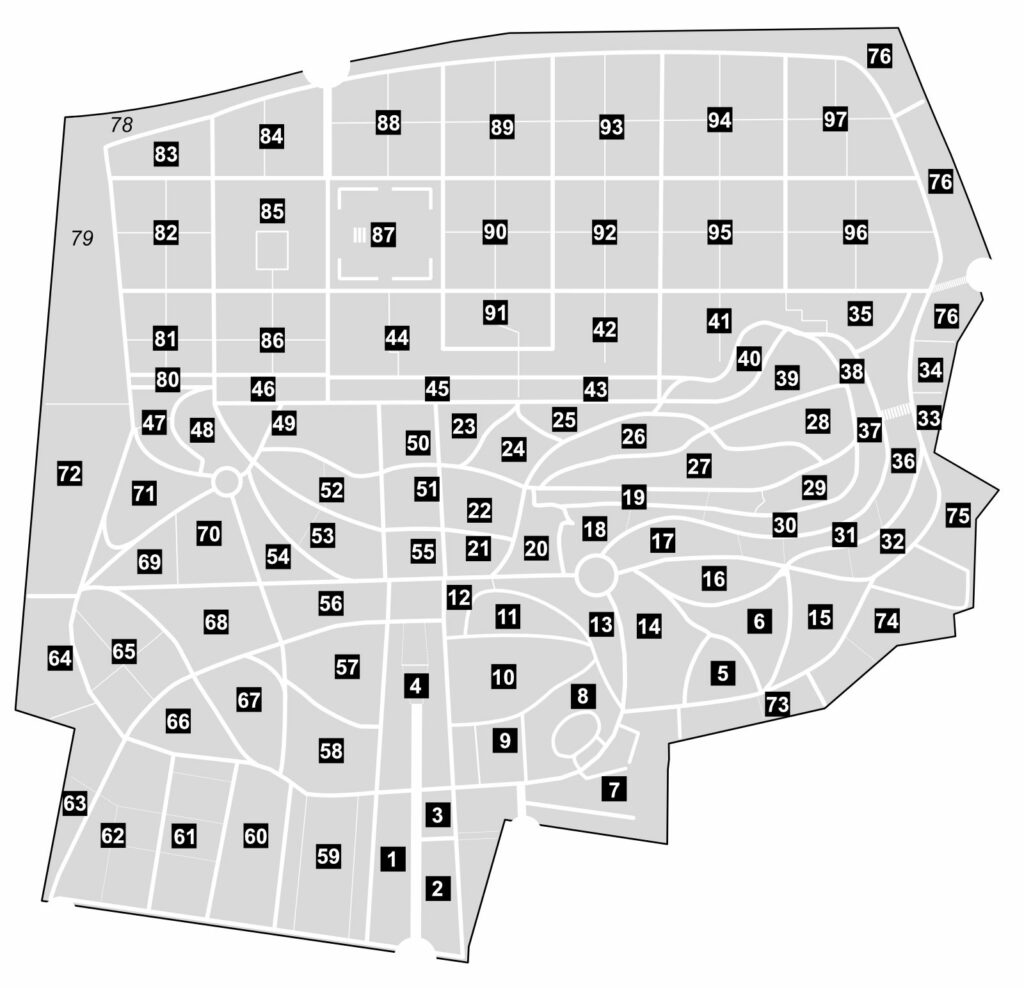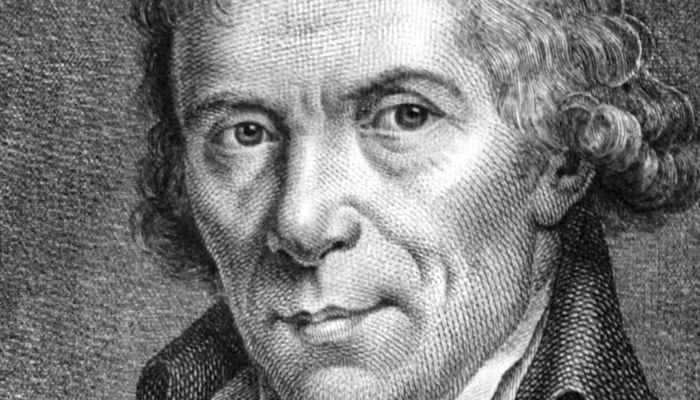Who was Abbé Sicard ?
- Date of birth: September 20, 1742 (Le Fousseret).
- Date of death: May 10, 1822 (Paris), aged 79.
- Main occupation: Pedagogue, Catholic priest, writer, teacher.
- Birth name: Roch-Ambroise Cucuron.
Where is Abbé Sicard’s grave?
The grave is located in Division 39.

The funerary monument of Abbé Sicard at Père-Lachaise
His remains rest in Père-Lachaise Cemetery, in the 39th division, marking the final resting place of a man whose life was dedicated to breaking the barriers of communication for the deaf-mute, thus laying the foundations on which modern methods of specialized education stand today.

Biography of Abbé Sicard
Roch-Ambroise Cucurron Sicard, better known as Abbé Sicard, was a prominent figure of the 18th and early 19th centuries in France, mainly recognized for his dedication to the education of the deaf-mute. Born on September 20, 1742, in Le Fousseret, near Toulouse, into a modest family, he was baptized under the name Roch Ambroise Cucuron, son of Jean Cucuron and Françoise Sicart. Later, he adopted his mother’s surname, Sicard, under which he is known today.
Sicard began his studies at the Collège des Doctrinaires in Toulouse, where he was ordained a priest, thus preparing for a life of service. His path in the education of the deaf-mute truly began in 1786, when he became director of the school for the deaf-mute in Bordeaux. This position allowed him to train under the guidance of Abbé de l’Épée, pioneer in the field of deaf education. Upon the latter’s death in December 1789, Sicard moved to Paris with the ambition of succeeding him. He was officially appointed director of the Paris school for the deaf-mute on April 1, 1790, after demonstrating his talents in a competition against Abbé Masse and Abbé Salvan, notably through the presentation of his student Massieu.
However, the revolutionary period was not without danger for Sicard. Having refused to swear an oath to the Civil Constitution of the Clergy, he was imprisoned at the Abbaye on August 26, 1792, but was released on September 4 of the same year, thus escaping the September massacres. During this tumultuous period, he was supported by his loyal student, Jean Massieu, who played a key role in ensuring the continuity of teaching at the school despite the unrest.
Beyond his role as an educator, Sicard was a pedagogical innovator, enriching and developing the method of teaching through methodical signs initiated by Abbé de l’Épée. His work was notably marked by his collaboration with Jean Marc Gaspard Itard, the institution’s first physician, with whom he cared for Victor of Aveyron starting in 1800. Despite the challenges, he managed to regain his position as director of the Institute for the Deaf-Mute of Paris in January 1800, after having been threatened with deportation and forced into hiding for two years.
Sicard was also a distinguished member of the Société des observateurs de l’homme, where he opposed atheism and the Republic of “savants.” His commitment to education and his fight for the recognition of the deaf-mute were crowned by his admission to the Institut de France in 1795 and to the Académie Française in 1803. His reputation attracted the attention of high-ranking personalities, such as Pope Pius VII, who visited the Paris institution for the deaf-mute on February 25, 1805.
Abbé Sicard left behind a lasting legacy in the education of the deaf, although the full value of his pedagogical methods was recognized only after his death, which occurred on May 10, 1822, in Paris.
